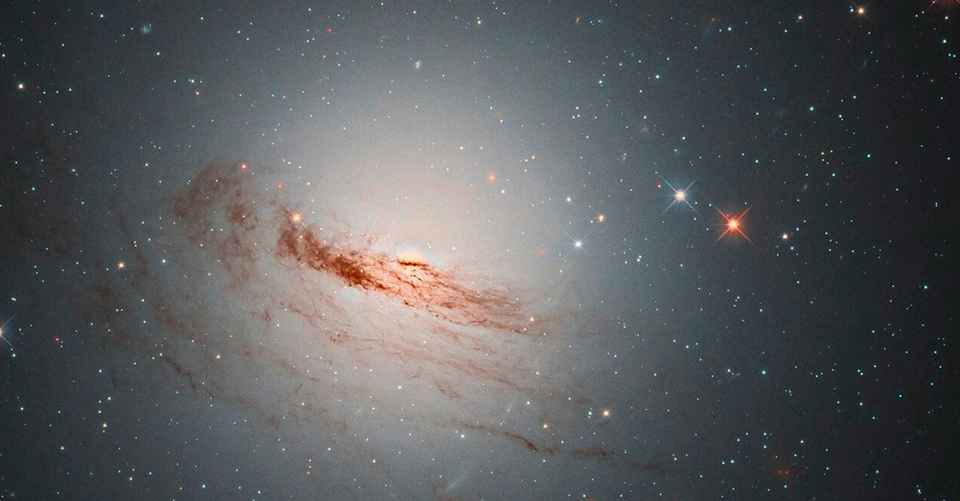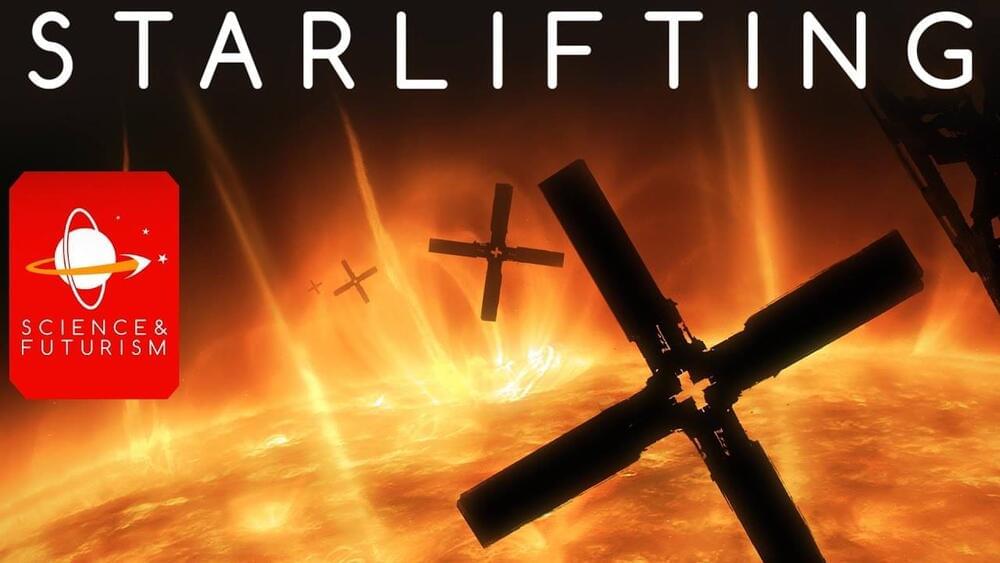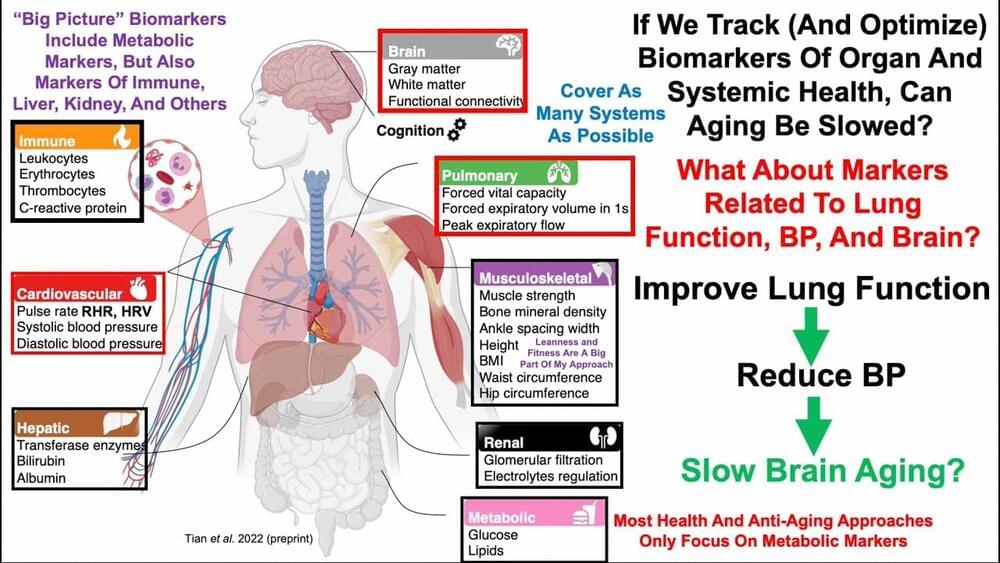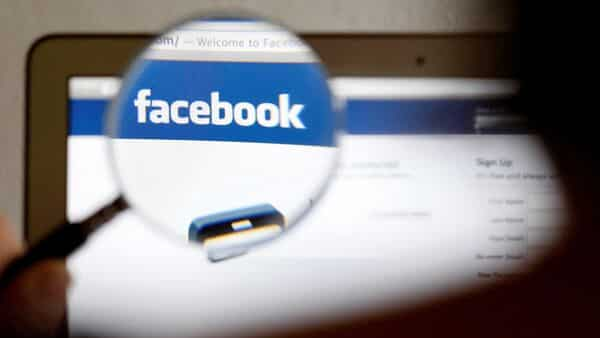Slide 1 of 13: There’s no questioning the fact that the universe is weird. Just look outside and you’ll see all manner of strange, self-reproducing flora…
Since the 1990s, scientists have cataloged thousands of planets outside our solar system, called exoplanets. Some of these are massive and gaseous, while others are tiny and rocky like our home world. But a recent analysis suggests that some of these exoplanets might be more dense and have more water than previously thought, which has big implications for alien life.
There are four main types of exoplanets: Neptunian, gas giant, super-Earth and terrestrial. It’s not easy spotting these planets directly, let alone figuring out what they’re made of. One of the most tried-and-true methods of exoplanet hunting is called transit photometry, which is basically pointing a telescope at a star and measuring the light when a planet swings past. A dip in brightness indicates a planet is there.
But two astronomers, Rafael Luque at the University of Chicago and Enric Pallé at the Universidad de La Laguna in Spain, wanted to find the density of certain exoplanets. When they took a closer look at some of this transit data, they discovered something was off.
Space is a mystery that astronomers are still actively working to solve. While spacecraft like the James Webb has given us a closer look at the early universe, there’s still a lot we don’t know about the world beyond our planet. Like anything mysterious, myths about space abound. But not everything you read or hear is true. Here are four space myths you should never believe.
“Twinkle, twinkle, little star” might be one of the most iconic nursery rhymes, but it doesn’t mean it’s true. Sure, stars do appear to twinkle in the night, but that isn’t actually because they’re flickering. This space myth couldn’t be any more wrong.
Stars, like our Sun, actually shine all of the time. However, as their light travels through space towards Earth, it passes through various gasses and debris. These obstacles cause the stars to appear as if they are twinkling. It makes for a good jingle, but it isn’t true.
We will see there are a lot of reasons, and that the methods are not very high tech at all.
Visit our Website: http://www.isaacarthur.net.
Join the Facebook Group: https://www.facebook.com/groups/1583992725237264/
Support the Channel on Patreon: https://www.patreon.com/IsaacArthur.
Visit the sub-reddit: https://www.reddit.com/r/IsaacArthur/
Listen or Download the audio of this episode from Soundcloud: https://soundcloud.com/isaac-arthur-148927746/starlifting.
Cover Art by Jakub Grygier: https://www.artstation.com/artist/jakub_grygier
Join us on Patreon!
https://www.patreon.com/MichaelLustgartenPhD
Bristle Discount Link (Oral microbiome quantification):
ConquerAging15
https://www.bmq30trk.com/4FL3LK/GTSC3/
TruDiagnostic Discount Link (Epigenetic Testing)
CONQUERAGING!
https://bit.ly/3Rken0n.
Quantify Discount Link (At-Home Blood Testing)
https://getquantify.io/mlustgarten.
Cronometer Discount Link (Daily diet tracking):
https://shareasale.com/r.cfm?b=1390137&u=3266601&m=61121&urllink=&afftrack=
Support the channel with Buy Me A Coffee!
When Michael Schneider’s anxiety and PTSD flare up, he reaches for the ukulele he keeps next to his computer.
“I can’t actually play a song,” says Schneider, who suffered two serious brain injuries during nearly 22 years in the Marines. “But I can play chords to take my stress level down.”
It’s a technique Schneider learned through Creative Forces, an arts therapy initiative sponsored by the National Endowment for the Arts, in partnership with the departments of Defense and Veterans Affairs.
Arts therapies appear to ease brain disorders from Parkinson’s to PTSD. Now, artists and scientists have launched an effort to understand how these treatments change the brain.
Amazon’s home robot Astro will be getting a slew of major updates aimed at further embedding it within homes—and in our everyday lives.
The first year of production is already sold out. Almost every major component of the car is designed, engineered, and built at Rimac weeks or months prior to each car being finished, and installed in the last phase of production – the vehicle assembly which takes about five weeks per car.
The Rimac Nevera has already won a number of awards, including being named Best Hypercar by the prestigious Robb Report, GQ and Top Gear.
The social media platform announced on Friday that it identified more than 400 malicious Android and iOS apps this year which target internet users in order to steal their login credentials.
Meta Platforms Inc. reveals that it would notify one million Facebook users that their account credentials may have been compromised due to security issues with apps downloaded from Alphabet Inc. and Apple Inc.’s software store.
https://www.livemint.com/technology/apps/facebook-warns-agai…5206859852.









